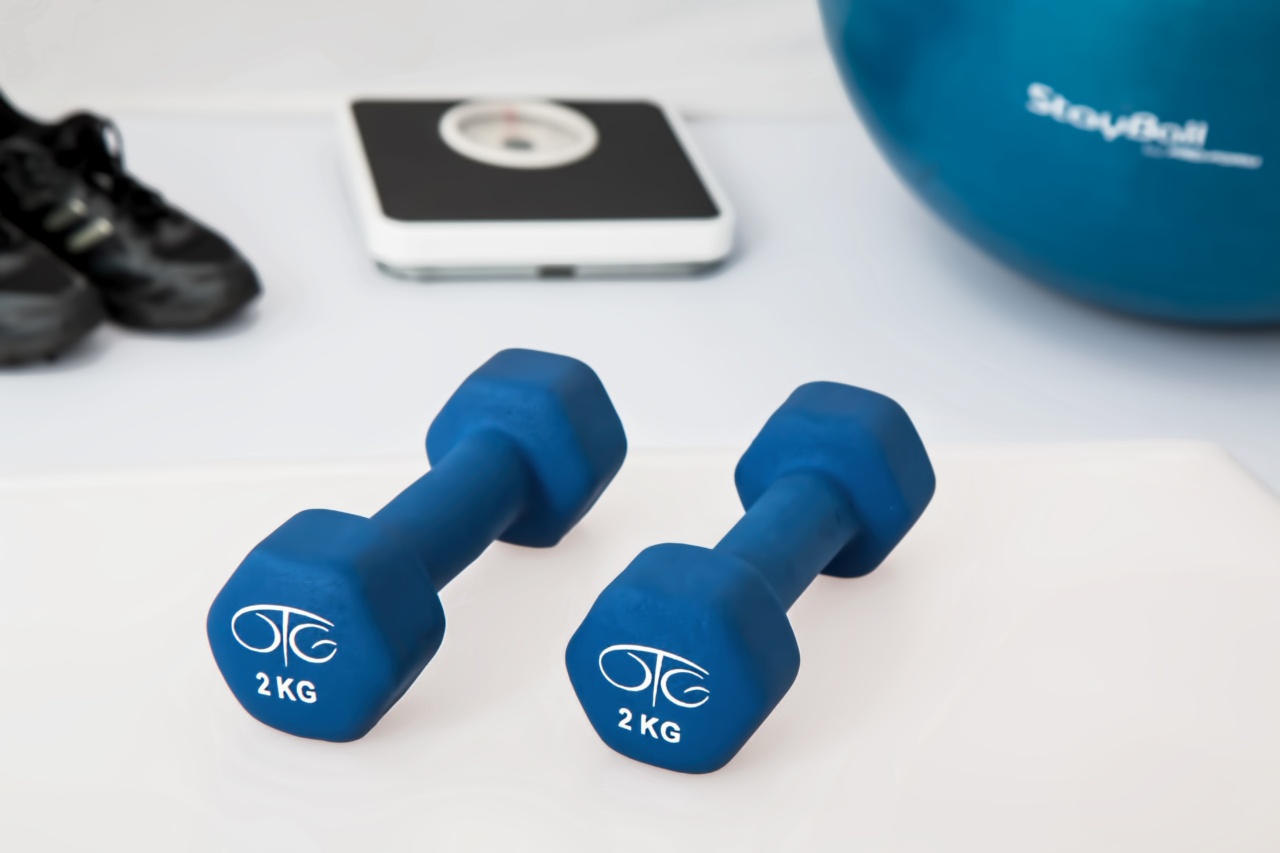Stroke is a leading cause of long-term disability worldwide. The life-changing event can affect different parts of the body, including mobility, speech, and cognition.
Stroke rehabilitation aims to improve and restore function by helping survivors re-learn movements and develop new skills.
Exercise is a critical component of stroke rehabilitation and can help survivors regain mobility, improve cardiovascular health, and enhance physical and emotional well-being.
Let’s take a closer look at why exercise is key in stroke rehabilitation.
Improves Motor Function
Exercise can help improve motor function after a stroke.
Research shows that physical therapy and rehabilitation exercises can increase the strength and coordination of affected muscles, allowing survivors to perform everyday tasks such as walking, reaching, and grasping more easily.
Exercises that can improve motor function include range of motion exercises, strength training, and balance exercises. Your physical therapist will design a personalized exercise program to help address your individual needs and goals.
Reduces Risk of Secondary Complications
Stroke survivors often suffer from secondary complications such as muscle weakness, spasticity, and reduced cardiovascular function.
These complications can further impede the recovery process and limit a survivor’s ability to engage in daily activities.
Exercise can help reduce the risk of secondary complications by improving muscle strength, cardiovascular function, and overall physical fitness.
Studies have shown that regular exercise can help decrease muscle spasticity and improve endurance, flexibility, and balance.
Enhances Emotional and Cognitive Well-being
Stroke can also affect mental health and cognitive function, leading to depression, anxiety, and cognitive impairment.
Exercise can help enhance emotional and cognitive well-being by promoting the release of endorphins, improving mood, and promoting neural plasticity.
Research shows that regular exercise can improve brain plasticity and enhance cognitive function in stroke survivors.
Physical activity can also promote the growth of new brain cells, which can help mitigate the effects of brain damage caused by stroke.
Reduces Risk of Recurrence
Stroke survivors are at an increased risk of suffering a second stroke, which can result in further disability or death.
Exercise can help reduce the risk of recurrence by improving cardiovascular health, reducing blood pressure, and promoting weight loss.
Research has shown that regular exercise can significantly reduce the risk of recurrent stroke and other cardiovascular events.
Exercise can also help control risk factors such as high blood pressure, high cholesterol, and diabetes, which are often associated with stroke.
Improves Quality of Life
Stroke can have a profound impact on quality of life by limiting mobility, impairing cognitive function, and affecting emotional and social well-being.
Exercise can help improve quality of life by promoting independence, reducing depression and anxiety, and improving social interaction.
Regular exercise can help stroke survivors regain their independence and improve their ability to perform daily activities.
Exercise can also promote social interaction and provide an opportunity for survivors to engage with others with similar experiences.
Types of Exercise for Stroke Rehabilitation
There are several types of exercise that can be beneficial for stroke survivors, including:.
- Range of motion exercises: designed to improve joint flexibility and range of motion.
- Strength training: designed to improve muscle strength and endurance.
- Balance exercises: designed to improve balance and reduce the risk of falls.
- Aerobic exercise: designed to improve cardiovascular health and endurance.
- Functional training: designed to improve performance of daily activities.
Your physical therapist will design a personalized exercise program based on your individual needs and goals, taking into account your age, physical condition, and the type and severity of your stroke.
Tips for Getting Started
Starting an exercise program can be challenging after stroke, but it’s important to start gradually and work with a trained professional to ensure safety and effectiveness. Here are some tips for getting started:.
- Consult with your doctor before starting an exercise program.
- Work with a physical therapist or certified stroke rehabilitation specialist.
- Start slowly and gradually increase the duration and intensity of your exercise program.
- Set goals and track progress to stay motivated.
- Stay hydrated and eat a nutritious diet to support exercise and recovery.
- Rest and recover between exercise sessions.
Conclusion
Stroke rehabilitation is a complex and challenging process that requires dedication, patience, and a commitment to improving function and well-being.
Exercise is a critical component of stroke rehabilitation and can help stroke survivors regain mobility, reduce the risk of secondary complications, enhance cognitive and emotional well-being, reduce the risk of recurrence, and improve quality of life.
If you or a loved one has suffered a stroke, talk to your doctor about the benefits of exercise and explore the many types of exercise that can help improve function and well-being.






























